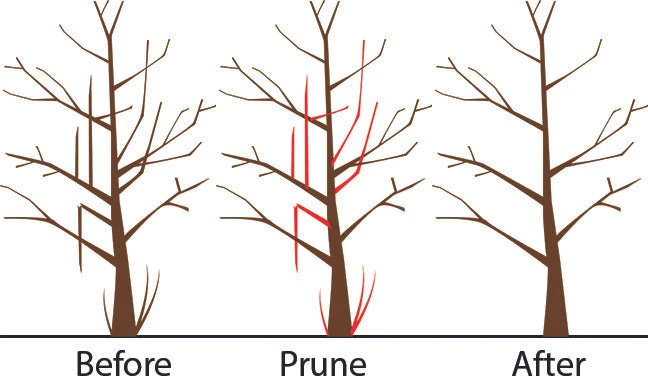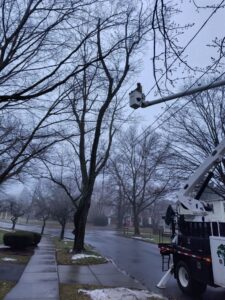Introduction:
Properly pruning fruit trees and shrubs is an essential task for gardeners in New York State. By following the correct techniques, you can enhance fruit production, maintain tree health, and create a visually appealing garden. In this blog post, we will delve into the intricacies of pruning popular fruit trees and shrubs, such as apple, plum, and grape varieties, providing valuable insights and expert tips to help you achieve success.


- Timing is Everything:
- Necessary Tools:
- Establishing Goals:
- Apple Trees:
- Plum Trees:
- Grapes:
 Conclusion:
Pruning fruit trees and shrubs is an essential task for any gardener, and mastering the process can lead to a bountiful harvest and healthy trees. With specific considerations for popular fruit varieties in New York State, such as apple, plum, and grapes, it becomes even more crucial to adopt the proper pruning techniques. By following the guidelines outlined in this blog post, you’ll be well-equipped to enhance fruit production, maintain tree health, and create an aesthetically pleasing garden environment. So, grab your tools, put on your gloves, and start thinning those fruit trees and bushes with confidence!
Conclusion:
Pruning fruit trees and shrubs is an essential task for any gardener, and mastering the process can lead to a bountiful harvest and healthy trees. With specific considerations for popular fruit varieties in New York State, such as apple, plum, and grapes, it becomes even more crucial to adopt the proper pruning techniques. By following the guidelines outlined in this blog post, you’ll be well-equipped to enhance fruit production, maintain tree health, and create an aesthetically pleasing garden environment. So, grab your tools, put on your gloves, and start thinning those fruit trees and bushes with confidence!



